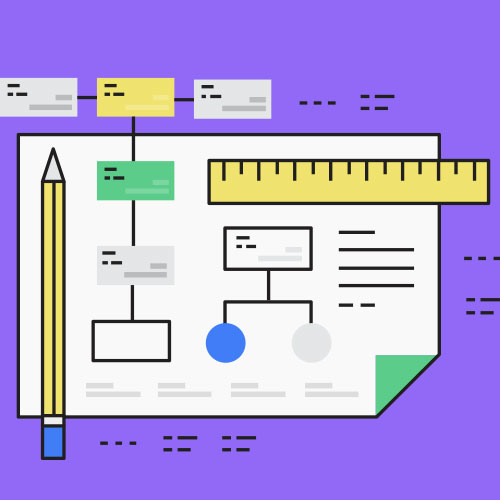What is a cloud migration strategy?
A cloud migration strategy constitutes an overarching plan outlining the transition of an organization's digital assets—which can include services, databases, IT resources, and applications—from on-premises or co-located infrastructures into a cloud-based environment. This process can be partial or comprehensive, even involving the shift from one cloud platform to another, often referred to as cloud-to-cloud migration. The execution of a cloud migration strategy typically unfolds in five primary stages: preparation, planning, migration, operation, and optimization. This intricate process is not limited to moving data from local data centers to renowned public cloud service providers like AWS, Google Cloud, or Microsoft Azure; it can also entail moving from one cloud service to another. Below are some of the benefits that compel organizations to migrate resources to the public cloud.
Cloud migration
Scalability
Cloud computing can scale to support larger workloads and more users, much more easily than on-premises infrastructure. In traditional IT environments, companies had to purchase and set up physical servers, software licenses, storage and network equipment to scale up business services.

Cloud migration
Cost
Cloud providers offer managed services that lower your operational overhead and simplify maintenance tasks such as upgrades. Companies migrating to the cloud can spend significantly less on IT operations. They can devote more resources to innovation developing new products or improving existing products

Cloud migration
Performance
Migrating to the cloud can improve performance and end-user experience. Applications and websites hosted in the cloud can easily scale to serve more users or higher throughput, and can run in geographical locations near to end-users, to reduce network latency.

Cloud migration
Digital Experience
Users can access cloud services and data from anywhere, whether they are employees or customers. This contributes to digital transformation, enables an improved experience for customers, and provides employees with modern, flexible tools.

Solutions
Why cloud migration?
Plan Better
Accelerate your cloud migration process. Acuative helps engineering teams better understand existing infrastructure and application architecture to ensure an effective and cost-efficient cloud migration strategy. Leverage insights to assess which cloud native technologies such as Kubernetes or serverless functions are best suited to your needs. Map dependencies, patterns and current usage with Smartscape before refactoring applications. Make informed decisions about how to architect microservices and prioritize workload migration.

Enterprise Mobility
Optimize performance throughout the migration process. Minimize performance degradation and ensure optimal performance throughout each migration cycle with granular before-and-after performance data. Instantly identify the root cause of migration issues to help accelerate resolution and minimize business impact. Quickly find security vulnerabilities and remediate them before they become real issues.
Get Insights
Obtain essential insights for better assessment and planning in just minutes, automatically create a complete, interactive dependency map of application components across the entire stack. Identify data repositories and activity. Determine external resources and dependencies.
Maximize Performance
As companies migrate to the cloud, they leverage microservices, containers, serverless technologies and many other dynamic capabilities, increasing flexibility and creating observability challenges. Acuative helps them overcome these issues with:
Powerful causal AI to identify the root cause of issues allowing teams to pro-actively identify and resolve issues before they impact customers; Integrated automation engine to automatically discover all microservices and to automatically take action when issues arise;Deep integration into DevOps pipelines to increase the speed and quality of the software development process.


